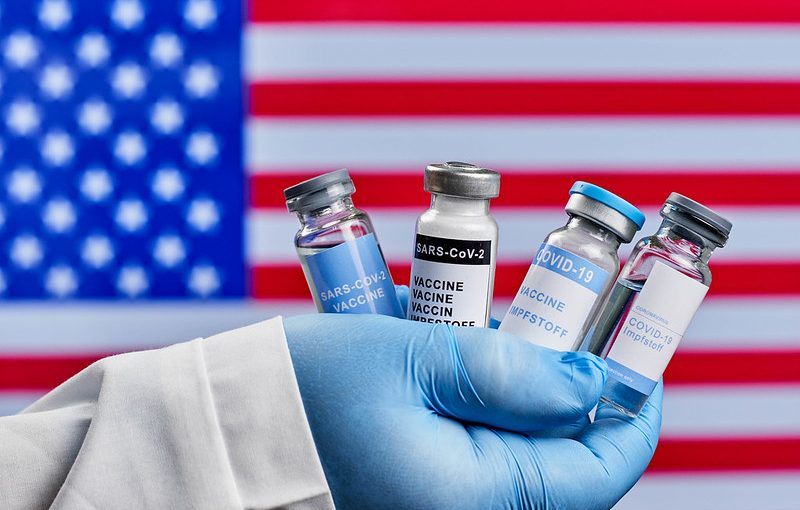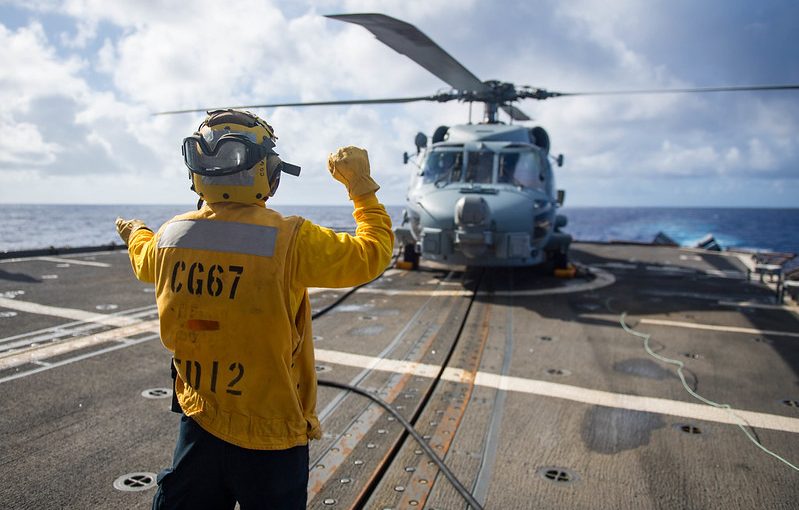As for COVID-19 vaccines, rich countries have gotten the lion’s share of the vaccine and poor countries have got far less.
How to address this problem of inequality? Last year, a proposal was floated by India and South Africa that WTO restrictions (TRIPS Agreement) on intellectual property be lifted and poorer countries by allowed to manufacture the vaccine locally to counter the disparity and to fight the pandemic. The United States, under President Joe Biden has gotten behind this remedy, as have China and Russia and the World Health Organization.
But not everyone was on board: Japan, Korea, UK and the EU and Germany were against the idea. In early June the European Parliament voted to waive IP restrictions for the COVID 19 vaccines. Still, the EU stands firm.
The question really boils down to this: Will waiving IP rights on the vaccine create and equitable distribution of vaccines and help stop the pandemic? Supporters say yes it will, critics say no it won’t.
Arguments against the IP waiver say that IP is not the problem, that technology and production are. Even if IP protections are waived say the critics, poorer countries do not have the skill or infrastructure to produce the vaccines correctly in the short term. Another reason given is a shortage of raw materials that are desperately needed by the current manufacturers to produce vaccine at speed and in volume.
Other arguments against the lifting of IP protection include:
- Waiving IP production my reduce quality of products
- There is a danger of fake products becoming common
- The lack of IP protection is a dis-incentive to investment
One proposal now being put forward as an alternative to suspending IP protection is for countries and organizations that are already producing vaccines to ramp-up production. The EU also proposes waiving export restrictions on vaccines and components.
The need for more vaccines is real and global. Is waiving IP protection the answer to this shortage. Let us know your thoughts on this vital issue.
 日本語
日本語 English
English 中国語
中国語
